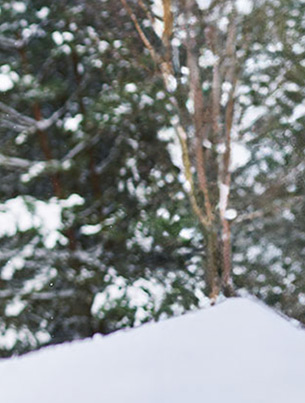Current Temperature
4.3°C
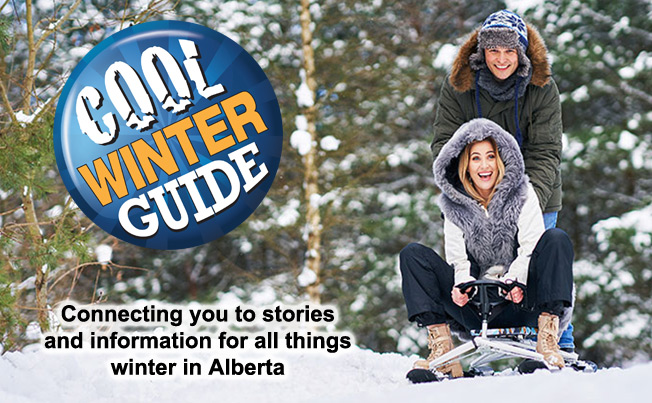
Five Types Of Wildlife In Alberta That You Might Be Surprised To Find Out About
Posted on 6 March 2024 by Britanny Burr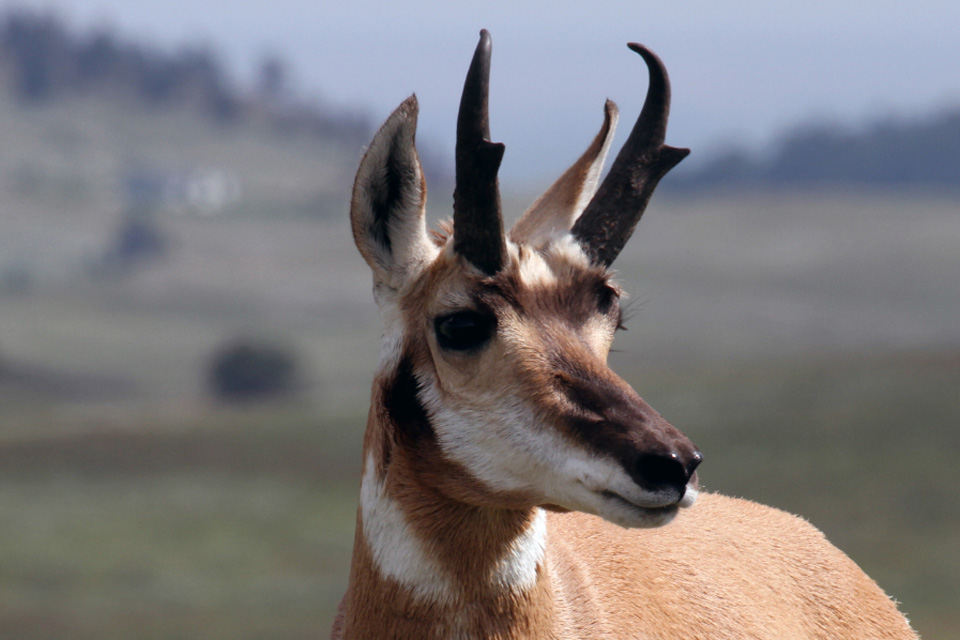
Here in Alberta, we’re no strangers to wildlife. Most of has a pretty good idea of what animals exist in our regions and how to consciously coexist with them and protect ourselves in the case of an encounter. Or–even better–avoid encounters entirely. From national parks to wildlife corridors, we wouldn’t be surprised to bump into a deer or 20, see a squirrel or chipmunk scurry underfoot, or come across bear tracks or scat. While wildlife is a pretty normal part of life around here, there are a few creatures that we might not come into contact with all that often. While some of these might be familiar neighbours in your region, they might totally surprise other Albertans who haven’t yet had the pleasure. Or, perhaps all of the animals on this list will be news to you.
Rattlesnakes
We don’t want to scare you, but this province of ours is home to some slithery creatures that you may not have known about. Dinosaur Provincial Park has prairie rattlesnakes, bull snakes, and both wandering and plains garter snakes. They can actually be found in various areas of southeastern Alberta. Snakes normally come out in the Drumheller area in early spring when the weather warms up to 10 degrees or more. But, let’s focus on the old rattler. The prairie rattlesnake is our province’s only venomous snake, and, according to the Alberta Parks, its bite is rarely fatal for humans. So, that’s a bit of a silver lining.
They will only strike if provoked or surprised, so you better believe you want to avoid surprising these babies. You can avoid sneaking up on them by paying attention to your surroundings and listening for the intense buzzing sound they make, walking on well-established trails, checking your blind spots before stepping down or onto a ledge, and only observing from a distance.
They’re olive green and brown in colour with a triangle-shaped head. They have vertical pupils like a cat and will usually warn you that they’re around by rattling their tail. Luckily for us, these snakes normally avoid animals too large for them to eat, so they will try to stay out of our way.
Antelope
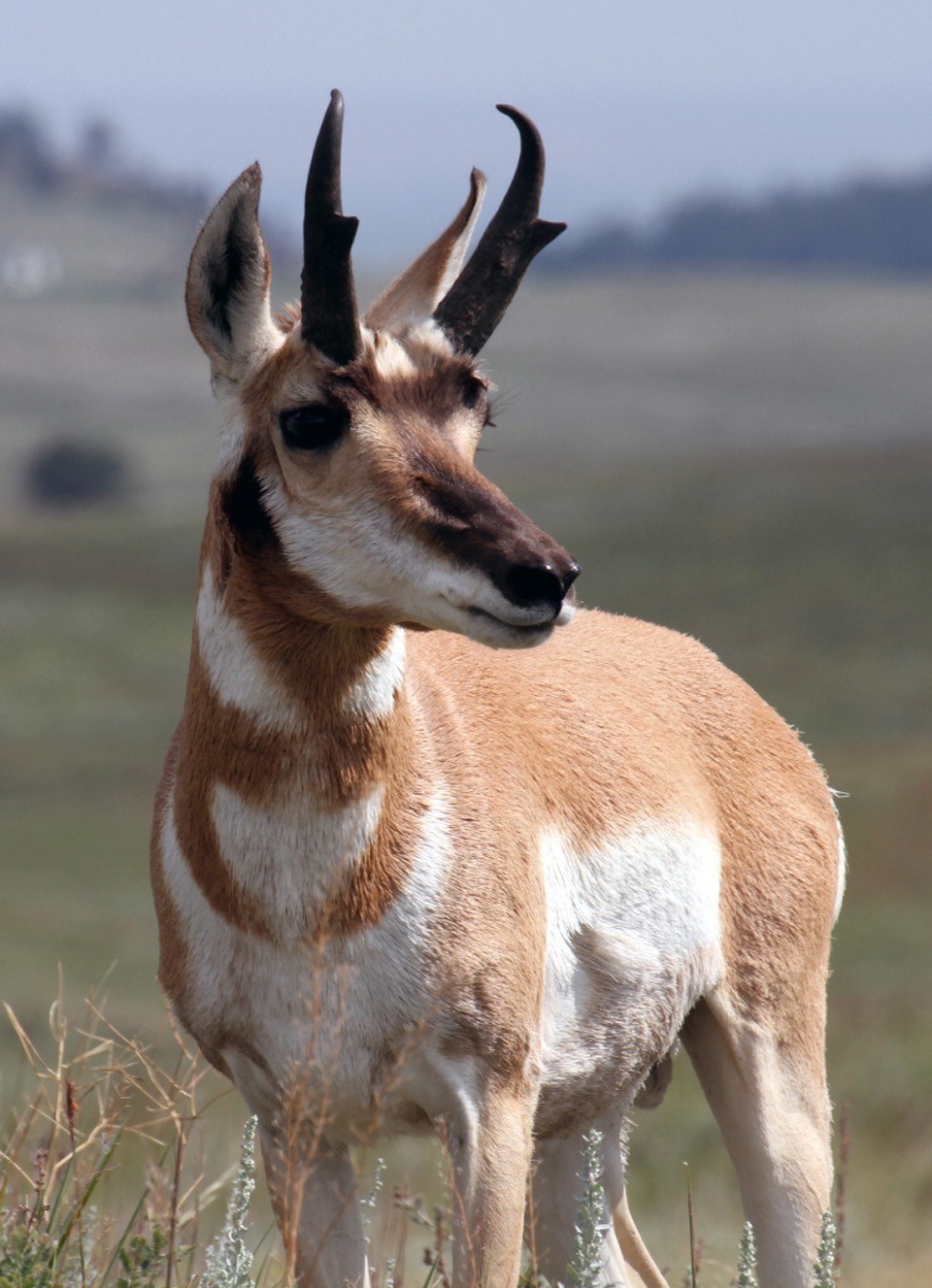
You might not know this, but according to the Alberta Institute for Wildlife Conservation, Alberta is home to Pronghorn Antelope. These babies are beautiful and really stand out from the rest of Alberta’s more familiar ungulates. You can tell it's them from their curved horns and the white chevron pattern on their throats. They’re known for their speed and curiosity, so you’d be lucky to spot one for yourself. The wildest thing about these animals is that they’re actually more closely related to giraffes than they are to antelopes. They’re the fastest land animals in North America. In fact, they can move at an astonishing speed of up to 90 km/h. They have amazing vision and big old eyes that help them spot predators from 6 km away. They live in southern Alberta and Saskatchewan and all the way down to northern Mexico. You’re most likely to find them in places with shrubs and grasses, which are two things they typically eat, but they’re also known to eat cacti. How cool is that?
Wood Bison
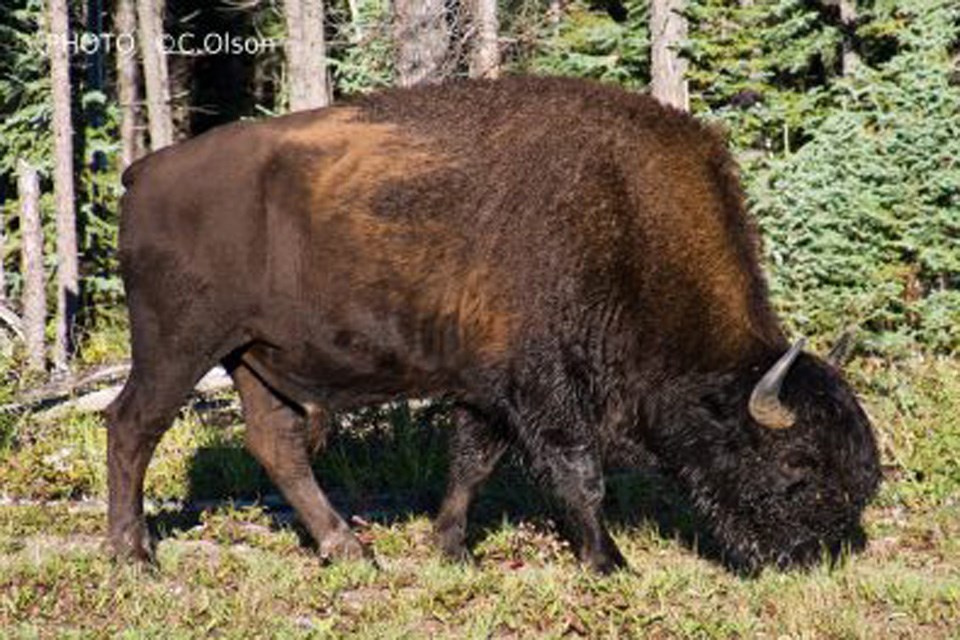
Ever heard of wood bison? These colossal creatures are like the hidden giants of Alberta's northern plains. Once facing the brink of extinction due to hunting and habitat loss, they've made a remarkable comeback thanks to dedicated conservation efforts. Now, you might not expect to stumble upon these majestic beasts in our province, but they play a crucial role in our ecosystem as keystone species.
In Alberta, wood bison are found in six subpopulations scattered across provincial and federal lands. From the vast expanse of Greater Wood Buffalo National Park to remote areas like Ronald Lake, these herds symbolize resilience and the power of collaborative conservation efforts.
However, challenges persist, including disease management and habitat fragmentation. Despite these obstacles, organizations like the Alberta Wilderness Association advocate for strategies prioritizing the protection of wild areas conducive to wood bison persistence.
Recognized as threatened under Alberta's Wildlife Act within specified Wildlife Management Units, wood bison conservation remains a priority. As stewards of Alberta's natural heritage, it's up to us to ensure these magnificent creatures continue to roam our landscapes, shaping our environment and inspiring awe for generations to come.
Calliope Hummingbird
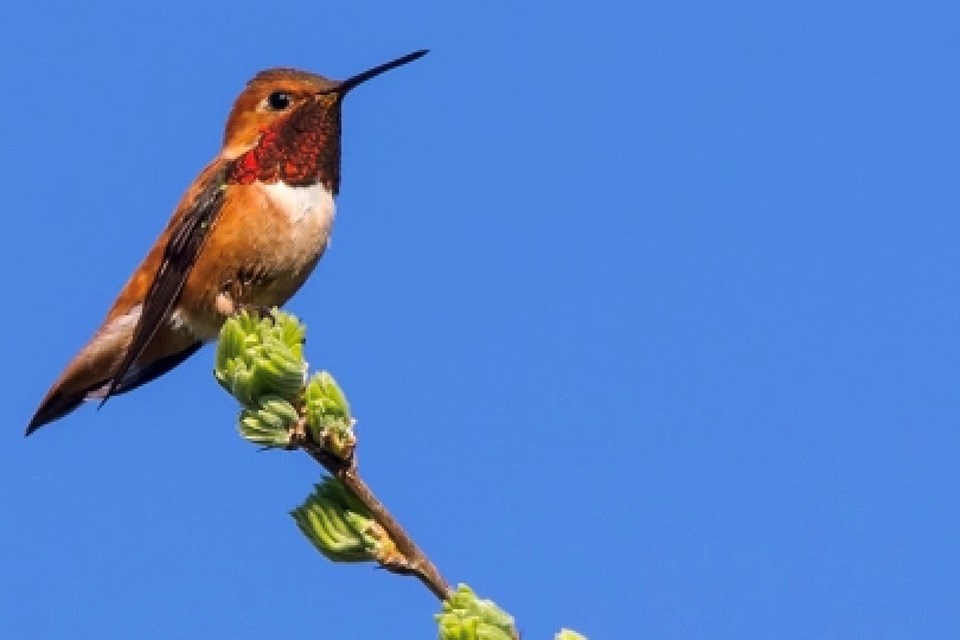
Keep your eyes peeled: Canada’s smallest bird is the Calliope hummingbird, which is about 7 cm long and weighs just 2.5 g. It’s found in central British Columbia and southwestern Alberta. These little creatures might be tiny, but they're mighty! You might mistake them for large bees, but don't be fooled.
In Alberta, Calliope Hummingbirds frequent the foothills, mountains, and the Peace River area. Despite their diminutive size, they're extremely territorial and won't hesitate to chase away birds as big as Red-tailed Hawks from their breeding territory. These feisty little birds can be identified by their overall small size, green upper parts, and the pink streaks on the male’s throat that form a V-shaped gorget. Females have a dull white throat, a buff chest, and belly.
The hummingbird gets its name from Calliope, the muse of eloquence and epic poetry in ancient Greek mythology, a fitting moniker for such a tiny creature with a big personality.
Wolverines
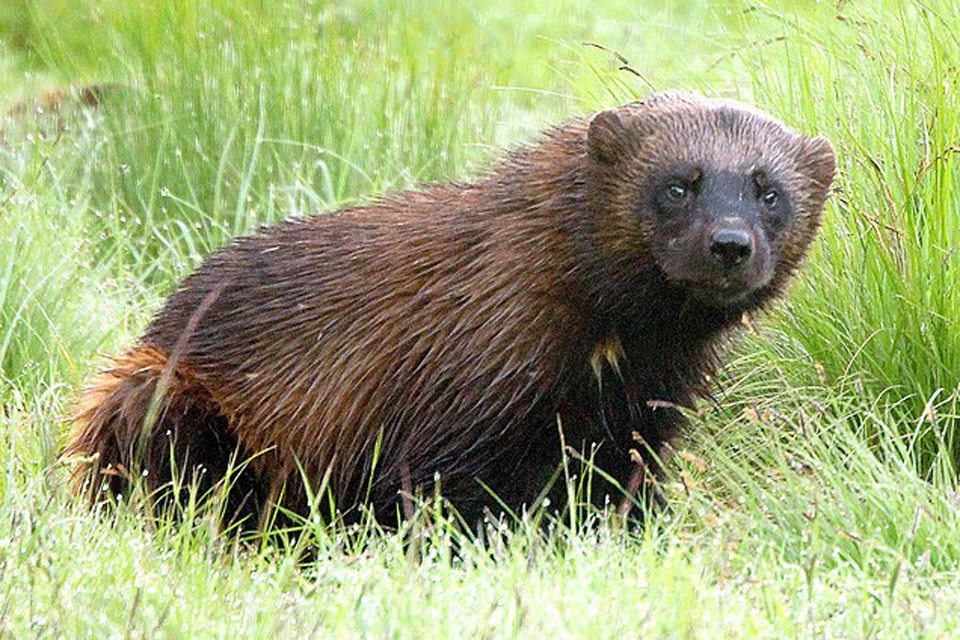
Here in Alberta, we’re used to seeing all sorts of critters, from big elk to sneaky lynx. But there's one critter that's like finding a hidden gem: the wolverine.
Wolverines are like the rarest treasure of the wild. They're so elusive, spotting one feels like striking gold! These tough guys are hardly ever seen, always on the move, making it a real challenge to catch sight of them.
While you won't see a whole gang of wolverines running around, they do call Alberta home. You can find them cruising through the forests, mountains, and foothills. With their tough bodies and thick fur, they're built to handle the wildest weather our province throws at them. They've got strong jaws and sharp claws, making them top-notch hunters in their rugged habitats.
Snapping a pic of a wolverine is like winning the wildlife photographer jackpot. For most of us, it's a dream that might never happen. But every now and then, some lucky folks get a peek into the secret world of wolverines, and it's a sight to behold!
Britanny Burr is a freelance writer and a contributor to Great West Media. This story was written for the 2023/24 Cool Winter Guide advertising feature. It is not written by and does not necessarily reflect the views of the editorial staff.
Leave a Reply
You must be logged in to post a comment.

